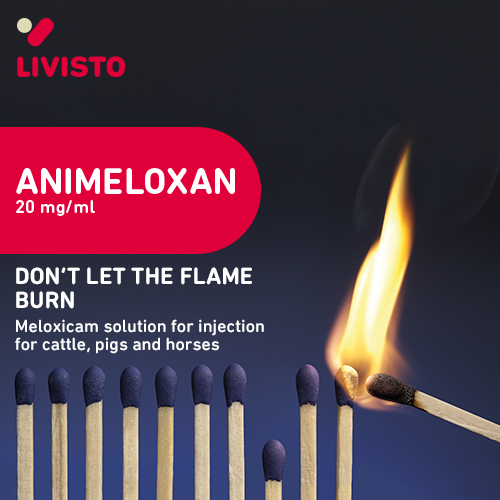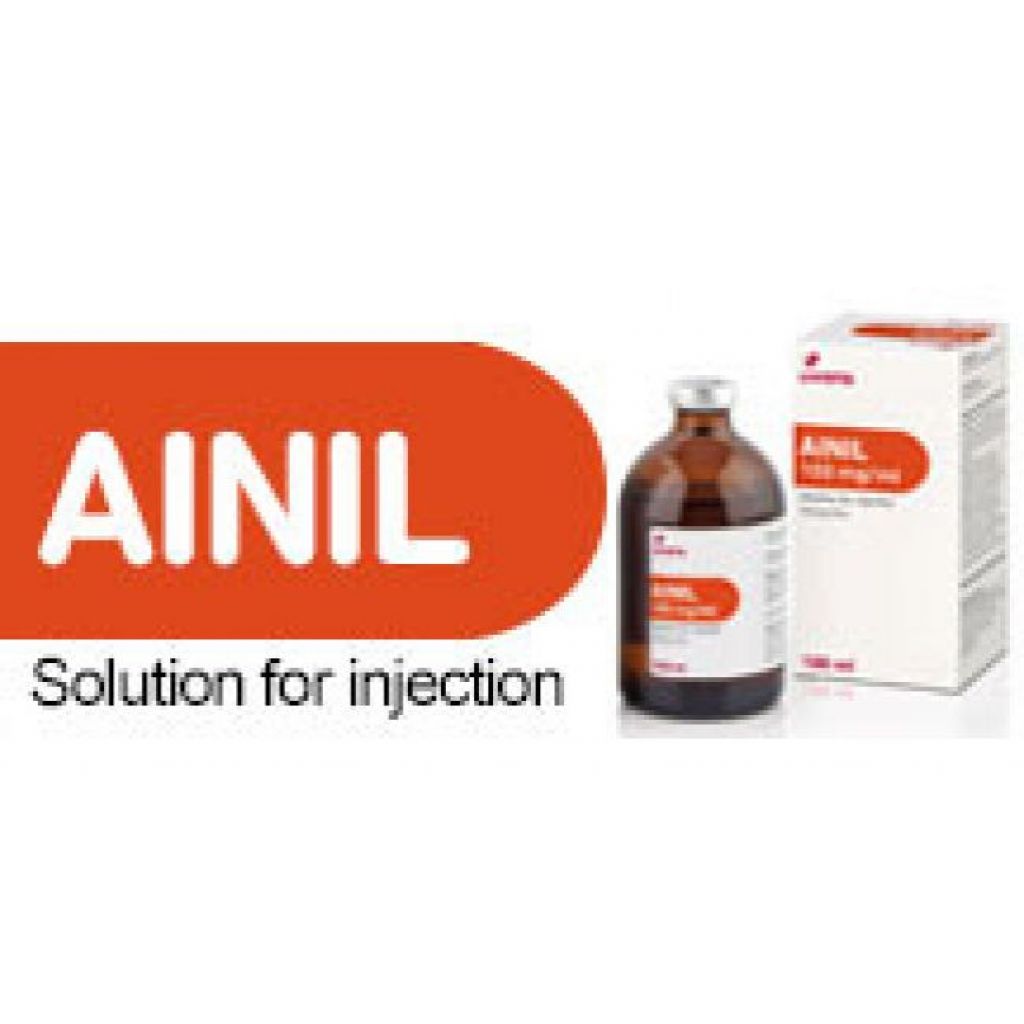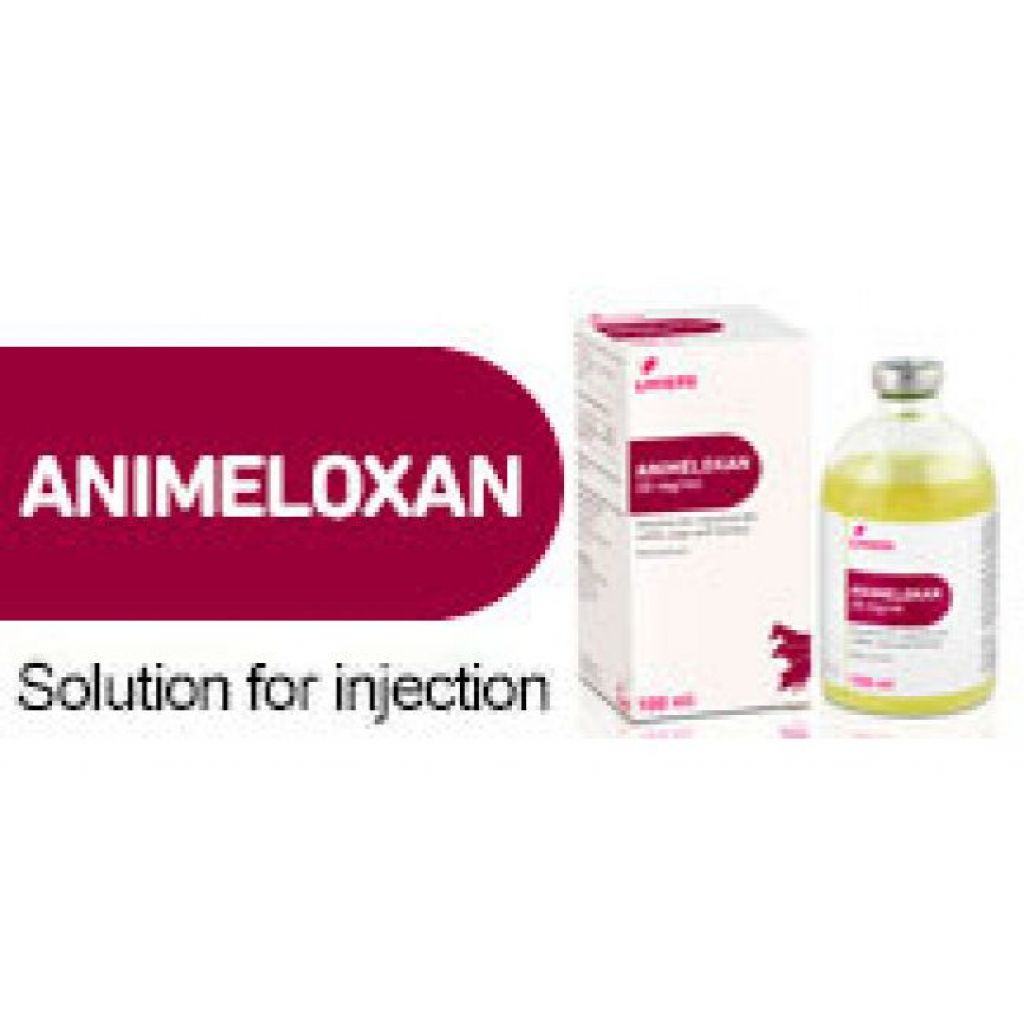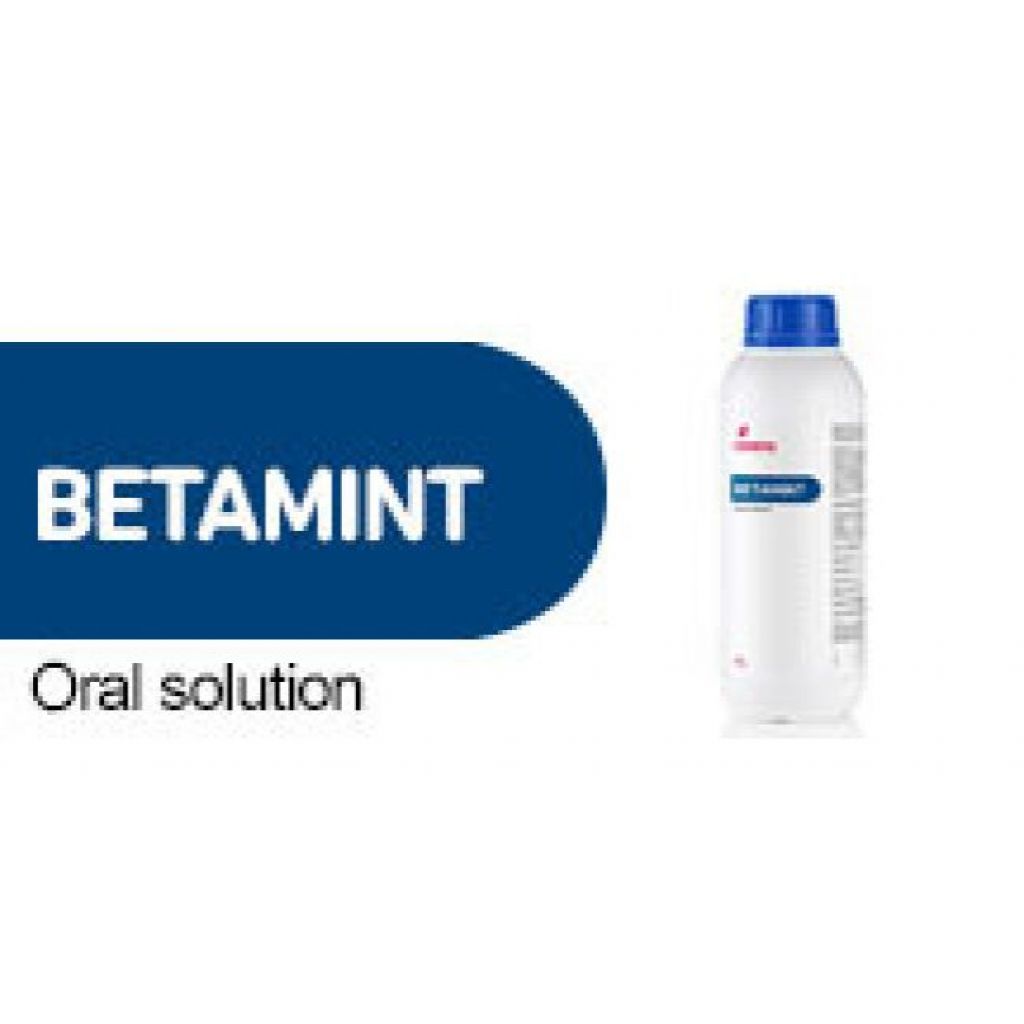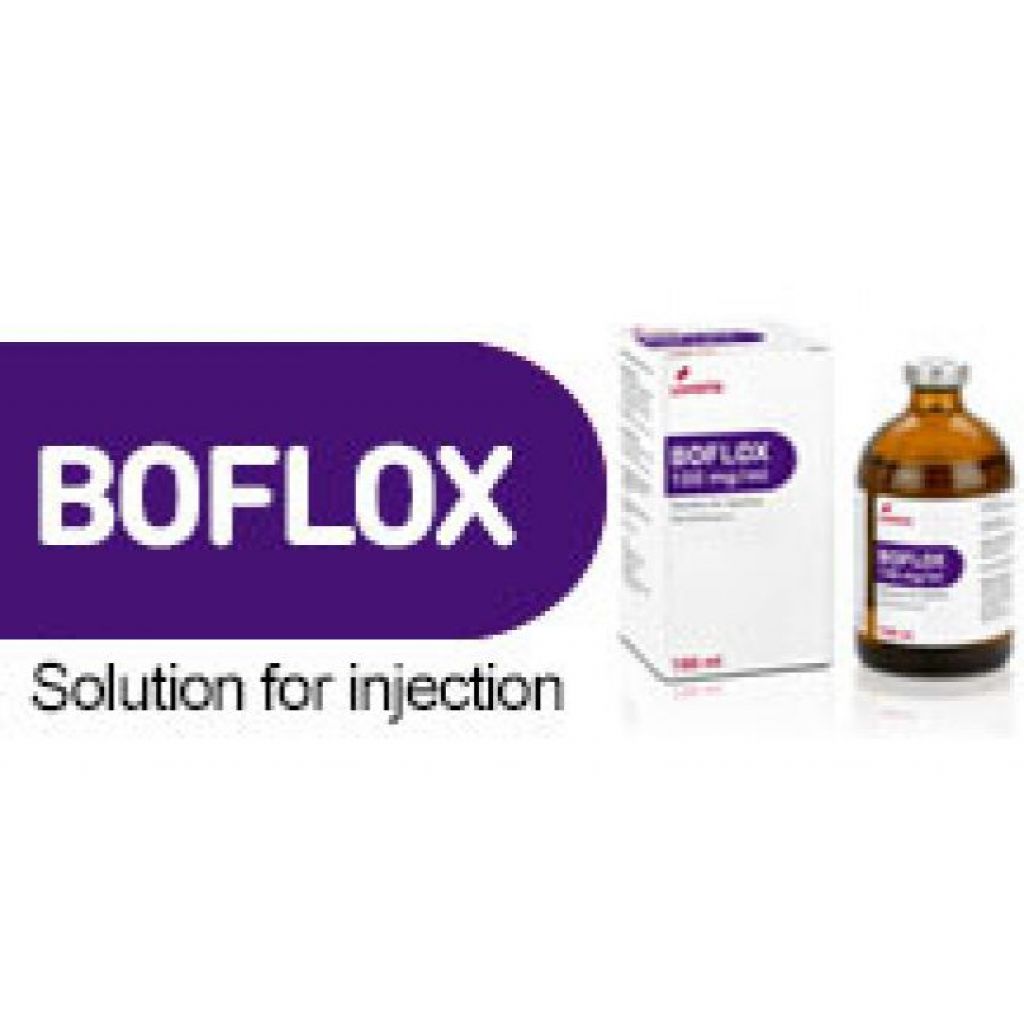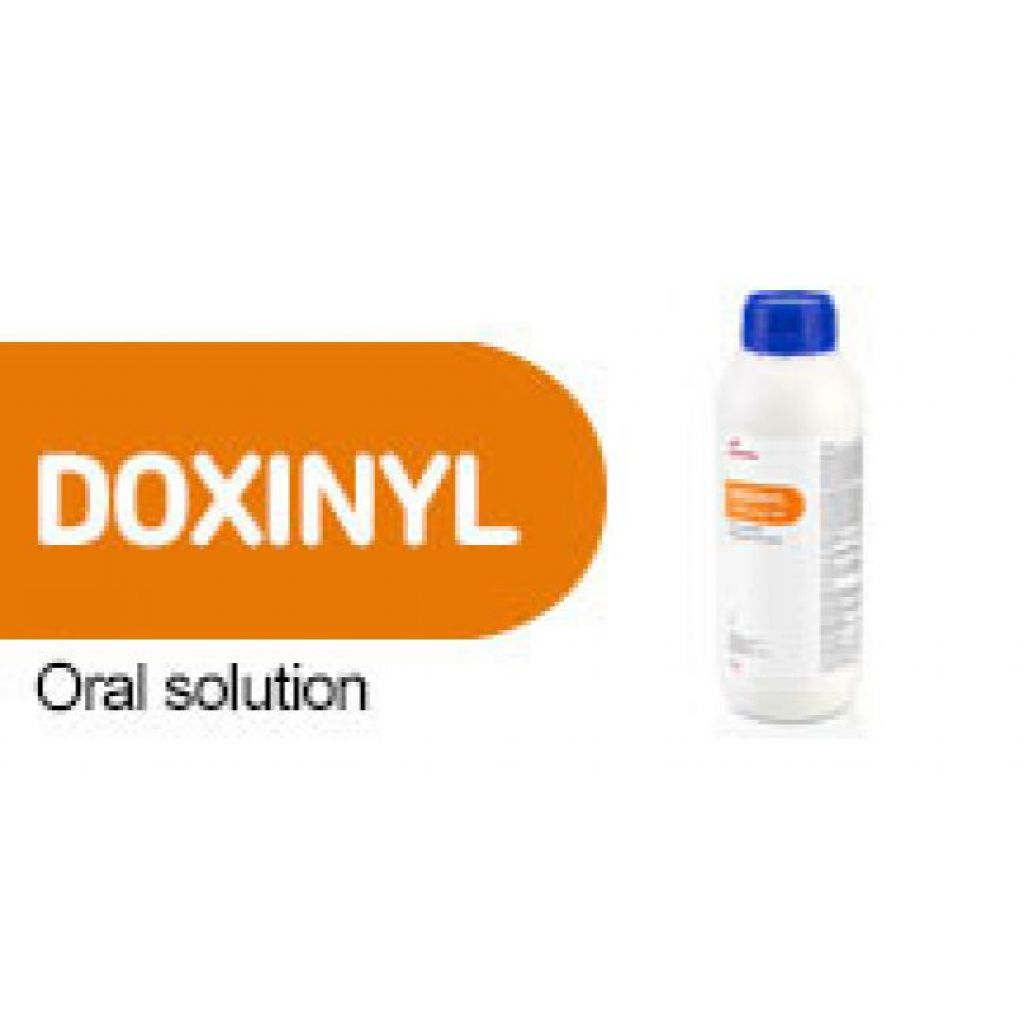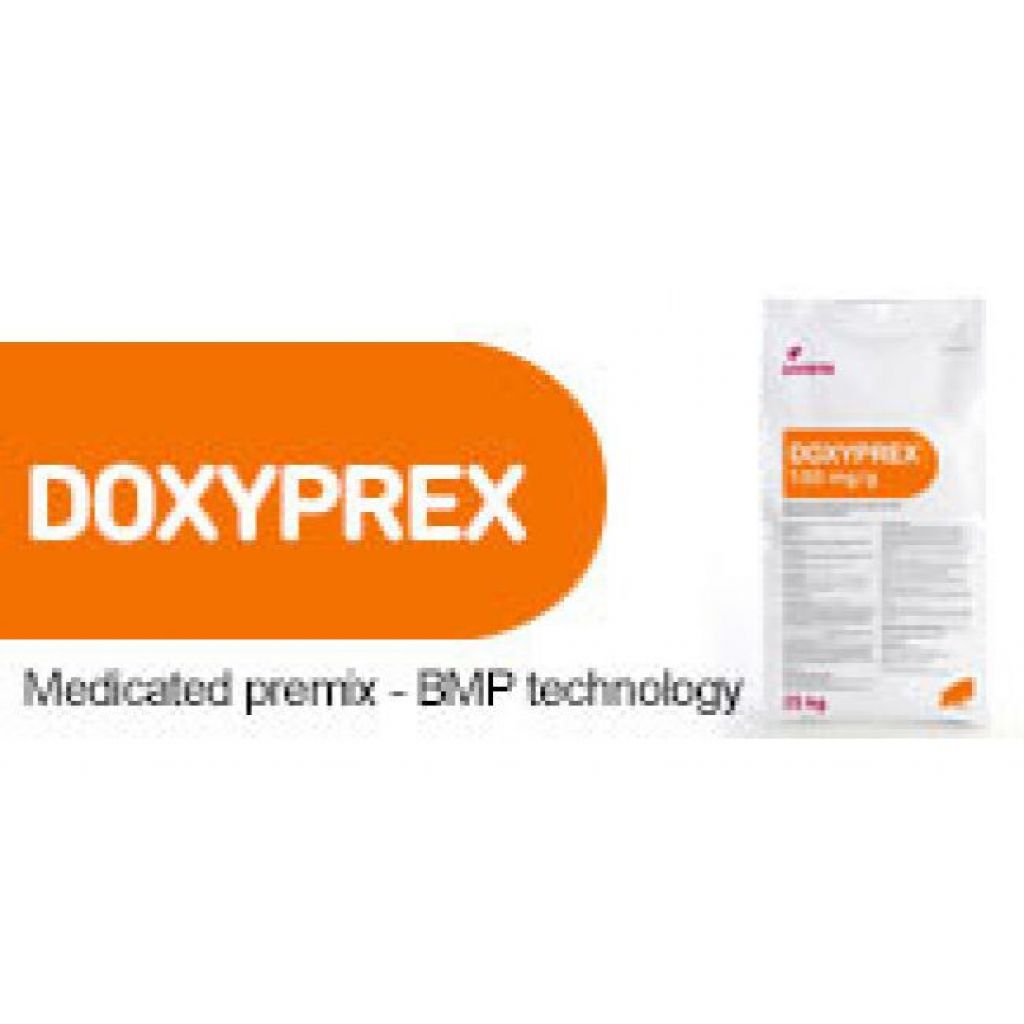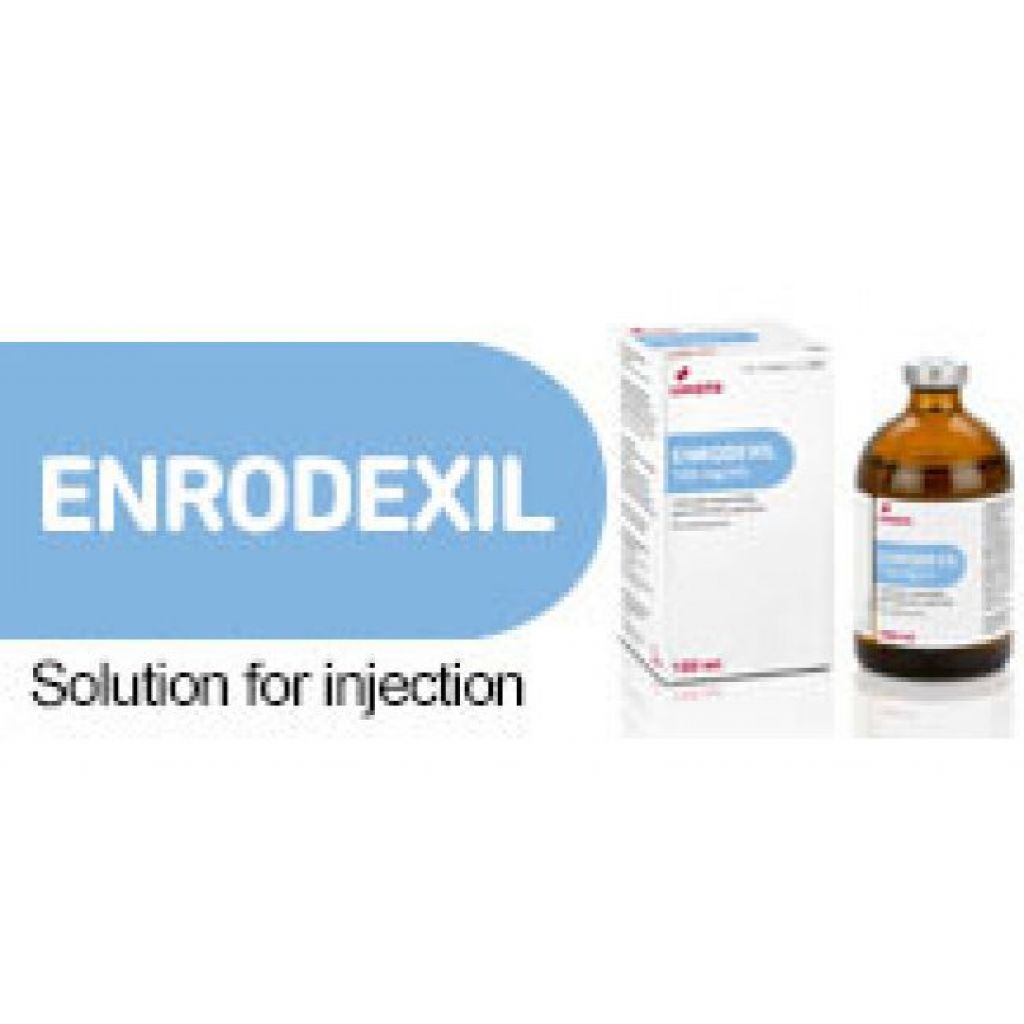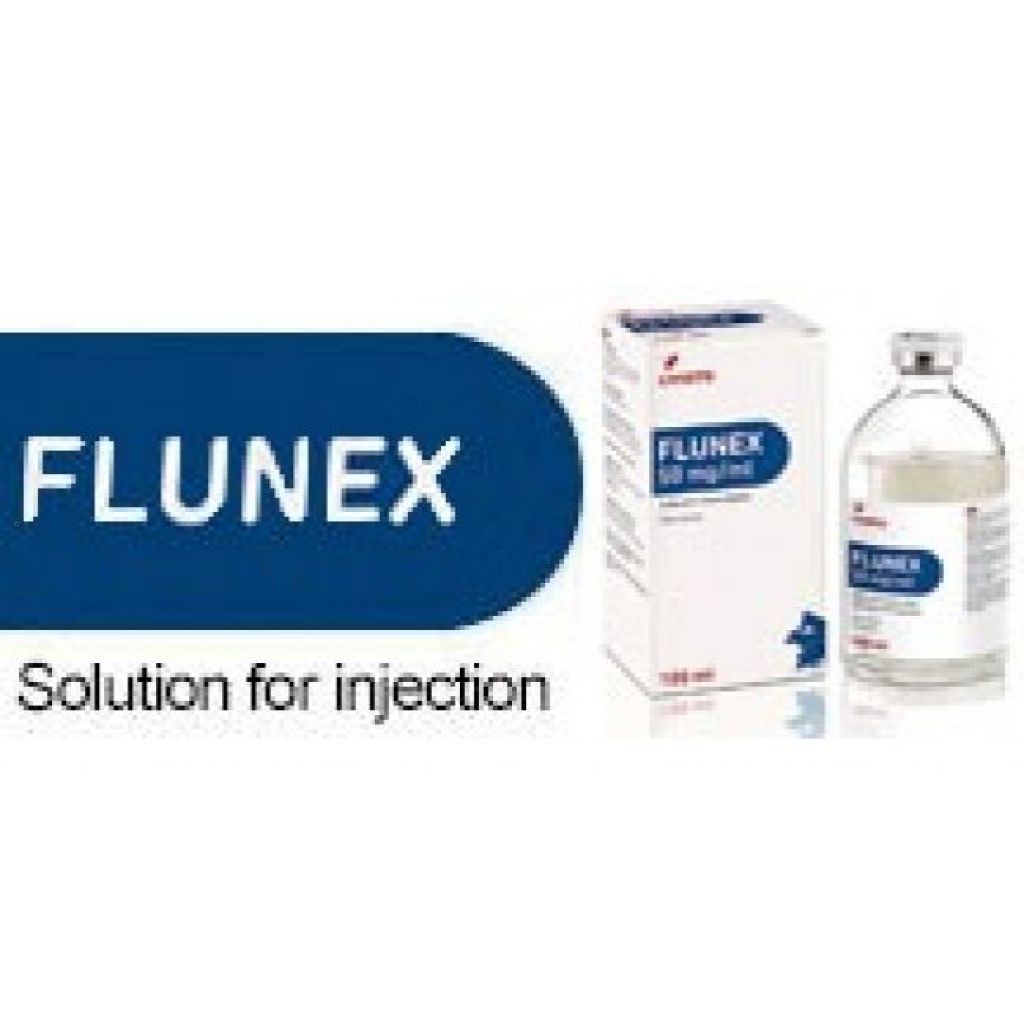Key points in the use of anti-inflammatories in the pig industry
Anti-inflammatories are among the drugs most used in livestock species, and they are normally used as adjuvants in the treatment of infectious diseases (e.g. pneumonia), as antipyretics or to treat localized inflammatory processes (such as arthritis).
 Inflammation, pain and its consequences on animal welfare
Inflammation, pain and its consequences on animal welfare
Current attitudes about animal welfare have increased the importance of pain management in livestock. Even minor surgical procedures in livestock are now performed using a combination of regional, local, or general anesthesia combined with uninterrupted post-surgical analgesia.
Procedures that require pain control include tail docking, castration (this is known to be a painful procedure, based on specific behavioral and physiologic indicators, yet piglets are generally not provided any anesthesia for pain relief) and/or ear tattooing/tagging. And, on the other hand, there are situations such as prolapses, fractures or bites where animals suffer, and we need to control the pain and eliminate it.
At a productive level, pain results in a reduction in appetite which leads to growth retardation and, consequently, economic losses. For example, in the case of Swine Respiratory Disease (SRD). This complex causes important economic losses in growing and finishing pigs, which limit herd profitability, due to:
- Morbidity ranging from 10 % to 40 %.
- Mortality varying from 2 % to 20 %.
- Poor growth performance.
How to control and avoid pain in pig farms?
Classes of anti-nociceptive drugs that can be administered to swine include:
- Local analgesics. This type of drugs, such as lidocaine, are very effective in reducing nociception signs during castration.
- Steroidal anti-inflammatory drugs (SAID). Indicated for the treatment of muscular and joint inflammatory processes, meningitis, etc. Dexamethasone is one of the most used in pigs within this category.
- Non-steroidal anti-inflammatory drugs (NSAID). They are widely used in production animal practice to relieve the negative effects associated with the inflammatory cascade such as excessive swelling, fever or pain. The aim of using NSAIDs is to improve the welfare of the animals and recover their performance, that is often impaired by chronic pain, inflammation and fever. NSAIDs inhibit cyclooxygenase in a reversible and non-selective way, and it has less side effects than SAIDs.
NSAIDs: effects, types and how to use in pig farms
NSAIDs main mechanism of action is the inhibition of cyclooxygenase (COX), which mainly implies a block on the synthesis of prostaglandins (PG), which are especially relevant and numerous studies have indicated that pro-inflammatory PGs have two important roles in the inflammation process:
- Dilate the arterioles, increasing blood flow to the area of injury.
- Hyperalgesia.
Among the nonselective COX inhibitors, there are two main groups of NSAIDs:
- Enolic acids: it includes oxicams (meloxicam).
- Carboxylic acids: it includes nicotinic acid (flunixin meglumine) or propionates (ketoprofen).
In general, it has been proven that NSAIDs administered to:
- Sows: they help them recover from a painful situation such as lameness or post-partum dysgalactia syndrome. NSAIDs also decrease the mortality rate at weaning in litters from healthy sows and in sows with dysgalactia syndrome.
- Piglets: NSAIDs such as meloxicam and ketoprofen are the most common type of analgesic given to food animals and are currently being recommended for use in piglets to alleviate pain.
- Growing and finishing pigs: in case of lameness and/or respiratory problems (administered together with antibiotic treatment, if necessary).
In the swine industry, meloxicam is basically used in:
- Non-infectious locomotor disorders to reduce the symptoms of lameness and inflammation.
- The treatment of puerperal septicaemia and toxaemia (mastitis-metritis-agalactia -MMA- syndrome) like an adjunctive therapy with the appropriate antibiotic.
On pig farms, flunixin meglumine is used in:
- Respiratory diseases mainly in fattening pigs, where this NSAID reduces fever, improving the recovery of affected pigs.
- Lameness and/or arthritis, even in piglets or sows.
- Acute inflammation.
- MMA syndrome.
It is used:
- Like an anti-inflammatory and antipyretic treatment of Postpartum Dysgalactiae Syndrome -PDS- (MMA Syndrome).
- For the reduction of pyrexia and dyspnoea associated with respiratory disease in combination with appropriate anti-infective therapy.
References
- George L.V., Pain Control in Food Animals, In: Recent Advances in Anesthetic Management of Large Domestic Animals, Editor(s): Steffey E.P., Publisher: International Veterinary Information Service (IVIS), 2005.
- Martelli P, Segalés i Coma J, Torremorell M, et al. Swine respiratory disease. ISBN: 9788417225865, 2019.
- Mette S. Herskin, Pierpaolo Di Giminiani, 11 - Pain in pigs: Characterisation, mechanisms and indicators, Editor(s): Marek Špinka, In Woodhead Publishing Series in Food Science, Technology and Nutrition, Advances in Pig Welfare, Woodhead Publishing, 2018.
- Navarro E, Mainau E, de Miguel R, Temple D, Salas M and Manteca X (2021) Oral Meloxicam Administration in Sows at Farrowing and Its Effects on Piglet Immunity Transfer and Growth. Front. Vet. Sci. 8:574250. doi: 10.3389/fvets.2021.574250.
- Saller AM, Werner J, Reiser J, Senf S, Deffner P, Abendscho ̈ n N, et al. (2020) Local anesthesia in piglets undergoing castration—A comparative study to investigate the analgesic effects of four local anesthetics on the basis of acute physiological responses and limb movements. PLoS ONE 15(7): e0236742. https:// doi.org/10.1371/journal.pone.0236742
- Viscardi AV and Turner PV (2018) Use of Meloxicam or Ketoprofen for Piglet Pain Control Following Surgical Castration. Front. Vet. Sci. 5:299. doi: 10.3389/fvets.2018.00299.
- Walter H. Hsu, Handbook of Veterinary Pharmacology, 2008 Wiley-Blackwell.
- Zimmerman JJ, Karriker, LA, Ramirez A, et al. Disease of Swine, 10th edition. ISBN 978-0-8138-2267-9 , 2012.
*Photo from Unsplash: Piglets sucking_christina-abken-_QDfoqZWyZ4.


